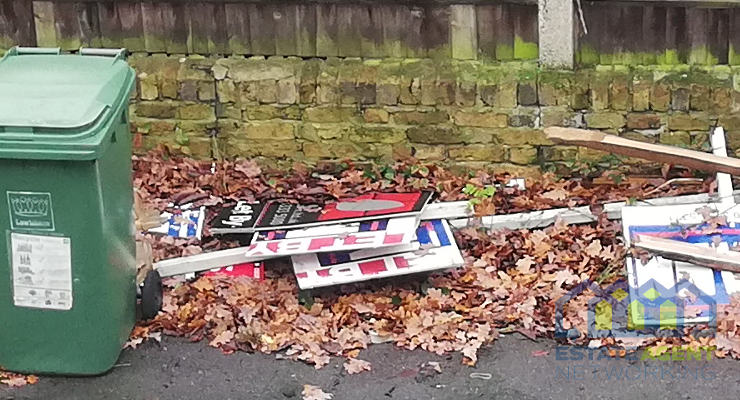Working at height: 4 great options for getting to the top
Whether you’re cleaning gutters or wallpapering the stairwell, there are many DIY jobs that can be downright dangerous unless you have the right equipment. Never underestimate safety when it comes to jobs around the house or garden – particularly when you’re working at height. Unlike cats and their nine lives (not to mention their ability to always land on their feet!), the consequences of an accident for us humans just don’t bear thinking about.
Let’s start with the right safety gear for working at height. From appropriate head protection – for yourself and anyone who may be passing underneath – to gloves and footwear, you should ensure you’re fully protected from harmful dust, dirt or debris.
Next, the right tools and techniques are necessary to carry out any task. But in the case of high access work, the right equipment is essential to keep you safe while you’re working. From window cleaning to roof repairs, painting ceilings or harvesting apples, here are four of your best options, in ascending (!) order of complexity.
- Ladders
The humble household ladder is bound to be your first port of call for working high up. For quick and easy jobs like changing a light bulb, for instance, this is ideal. But did you know that ladders are involved in a vast number of household accidents, most of them because of user error?
Common mistakes include climbing a ladder with an object that’s too heavy, using powerful tools while perched at the top of a ladder, not having someone at the bottom holding the base, or simply using the ladder for inappropriate tasks.
To avoid a fall, make sure you follow these basic guidelines for safe ladder use:
- Only use a ladder that is designed for the task you are carrying out
- Ensure that all parts of the ladder are in good working order
- Always position the ladder on firm level ground
- Always keep three points of contact with the ladder at all times
- Scaffold Towers
If a ladder doesn’t give you the stability needed for the task at hand, a scaffold tower may offer a better solution. More versatile than traditional scaffolding, these are movable, free standing platforms that can reach a height of up to 8 metres.
Scaffold towers are routinely used by tradesmen and they can be hired easily. However, if you’re an avid DIYer with plenty to do around the house and garden jobs to, it might be worth investing in one. To keep costs reasonable, you can even get second hand scaffold towers for sale, such as these. These are refurbished to meet the same safety standards as new models, but at around half the price.
As a matter of principle, it should be pointed out that scaffold towers shouldn’t be used in poor weather conditions, particularly in strong winds. For obvious reasons, they must also never be erected anywhere near power lines or electrical hazards.
- Traditional Scaffolding
For serious high level tasks including large painting and decorating jobs, building and roofing works, only a full scaffold structure will do. The solid structure helps to carry heavy equipment safely and provides plenty of suitable access to high up areas.
Scaffolding can be expensive and neither would most households have the storage available to make a purchase a viable investment. The there’s the material. Steel frames are heavy and can rust if not looked after properly while lighter aluminium frames won’t go as high nor be much cheaper.
If you need full scaffolding for a particular job, your most cost effective option is to get a competitive quote from a professional scaffolding company, including erection and removal, for the duration of the job required.
- Cherry Pickers
Arguably the most versatile high access equipment is a cherry picker, also known as an aerial work platform. Just ask any fireman! The design of these high level mobile platforms is particularly useful for reaching areas that are hard to reach – think picking fruit from a tree! Different types of machines offer various options for reach and load capacity.
Cherry pickers are widely available for hire, either on a self-drive basis to (check your driving licence) or supplied with an operator/driver. The vehicle will require a smooth, flat, dry terrain to manoeuvre across, though some models will be able to deal with gentle slopes, uneven ground and even water logged patches.







